
Do you have a question about the Cisco ME 3600X and is the answer not in the manual?
Details technical revisions made to this document.
Explains the scope and intent of the Cisco ME 3800X and ME 3600X Switch Command Reference.
Defines the target audience for this guide, typically networking professionals.
Explains the typographical and interactive conventions used throughout the publication.
Lists other Cisco.com documents providing complete information about the switch.
Provides information on how to access Cisco documentation and submit service requests.
Details the basic command mode for initial access and limited operations.
Explains the mode for advanced configuration and monitoring tasks.
Covers commands that affect the device as a whole.
Focuses on commands that modify interface operations.
Describes commands for configuring VLANs.
Details commands for modifying terminal line settings.
Sets the action for VLAN access map entries, such as drop or forward.
Configures the time interval for IP SLAs Metro-Ethernet 3.0 performance measurements.
Configures triggers and severity levels for external alarms.
Downloads a new software image from a server to the switch.
Configures class-based weighted fair queuing (CBWFQ) for output traffic control.
Specifies the filename for system configuration files read/written by Cisco IOS.
Assigns an Ethernet port to an EtherChannel group.
Defines a traffic classification for policy maps and enters policy-map class configuration mode.
Creates a class map for matching packets to specified criteria.
Deletes dynamic MAC addresses from the MAC address table.
Enables error-disabled detection for specific causes or all causes.
Creates or accesses a switch virtual interface (SVI).
Sets an IP address for an interface or switch virtual interface (SVI).
Globally enables or enables IGMP snooping on the switch or per-VLAN.
Creates or modifies a policy map for service policies on ports.
Displays administrative and operational status of interfaces.
Enables per-VLAN spanning-tree plus, rapid PVST+, or multiple spanning tree.
Configures the VLAN membership mode of a port.
Enables broadcast, multicast, or unicast storm control on interfaces.
Displays the Address Resolution Protocol (ARP) table.
Loads and boots an executable image to enter the command-line interface.
Displays the contents of one or more files.
Copies a file from a source to a destination.
Deletes one or more files from the specified file system.
Displays a list of files and directories on the specified file system.
Initializes the flash file system.
Formats the specified file system and destroys all data.
Checks the file system for consistency.
Displays the available boot loader commands.
Displays memory heap utilization information.
Clears the Ethernet management port statistics.
Initializes the Ethernet management port.
Displays the Ethernet management port statistics.
Creates one or more new directories on the specified file system.
Displays the contents of one or more files.
Reads data from a memory location.
Sends ICMP ECHO REQUEST packets to a network host.
Writes data to a writable memory location.
Renames a file.
Performs a hard reset on the system.
Removes one or more empty directories from the specified file system.
Sets or displays environmental variables controlling the boot loader.
Writes system parameters to the system flash memory.
Pauses the boot loader process for a specified number of seconds.
Displays the contents of one or more files.
Resets one or more environmental variables to their previous setting.
Displays the boot loader version information.
Enables debugging of bridge domains.
Enables debugging of the EtherChannel/PAgP shim.
Enables debugging of Ethernet customer service instances.
Enables debugging of interface-related activities.
Enables debugging of IGMP filter events.
Enables debugging of IGMP maximum groups events.
Enables debugging of IGMP snooping activity.
Enables debugging of Link Aggregation Control Protocol (LACP) activity.
Enables debugging of MAC notification events.
Enables debugging of platform-independent MAC address management events.
Enables debugging of MAC address-table move message processing.
Enables debugging of SyncE network clock.
Enables debugging of NVRAM activity.
Enables debugging of Port Aggregation Protocol (PAgP) activity.
Enables debugging of port manager (PM) activity.
Enables debugging of Resilient Ethernet Protocol (REP) functions.
Enables debugging of the quality of service (QoS) feature.
Enables debugging of spanning-tree activities.
Enables debugging of sent and received spanning-tree bridge protocol data units (BPDUs).
Enables debugging of optimized spanning-tree bridge protocol data units (BPDUs) handling.
Enables debugging of the Multiple Spanning Tree Protocol (MSTP) feature.
Enables debugging of the software interface between the Spanning Tree Protocol (STP) and the port manager.
Enables debugging of the Spanning Tree Protocol (STP) VLAN shim.
Enables debugging of VLAN manager activities.
Enables debugging of the VLAN manager IOS file system (IFS) error tests.
Enables debugging of the activation and deactivation of VLAN IDs.
Enables debugging of the UniDirectional Link Detection (UDLD) feature.
Enables debugging of the virtual forwarding infrastructure (VFI) feature.
Enables debugging of the Virtual Router Redundancy Protocol (VRRP).
Enables debugging of the xconnect virtual connection or virtual connection infrastructure (VFI).
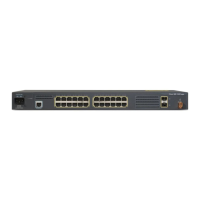
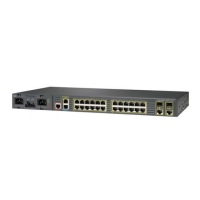
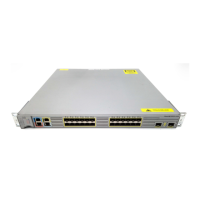
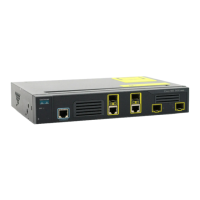
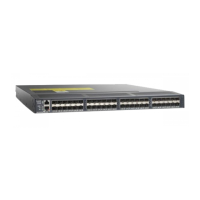



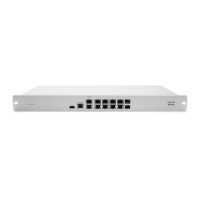
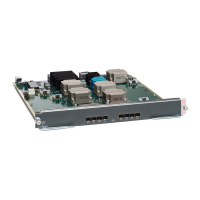


